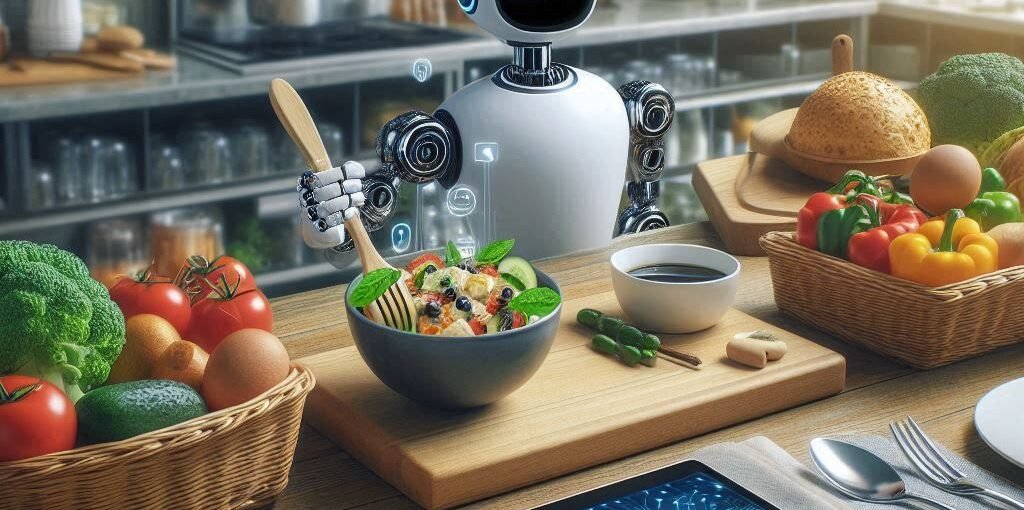The restaurant industry is undergoing a technological transformation, with AI playing a central role in enhancing efficiency, improving customer experiences, and optimizing operations. From personalized menus to robotic assistants, AI is making dining more innovative and enjoyable for both customers and restaurant staff.
1. Personalized Customer Experience
Tailored Menu Recommendations
AI analyzes customer data, such as past orders and dining preferences, to suggest dishes that suit their tastes. For example, a returning customer might receive recommendations for their favorite cuisine or new items similar to what they’ve enjoyed before.
Improved Customer Satisfaction
Personalized service makes customers feel valued, encouraging loyalty and repeat visits. With AI, restaurants can create unique dining experiences that keep customers coming back.
2. Streamlined Ordering and Payments
Self-Ordering Kiosks
AI-powered kiosks enable customers to place their orders without waiting for a server. These kiosks display clear menus, customized options, and allergen information, ensuring a smoother ordering process.
Seamless Payment Systems
Digital payment systems integrated with AI allow customers to pay quickly using digital wallets, QR codes, or even voice commands, minimizing checkout delays and enhancing convenience.
3. Efficient Kitchen Management
Demand Prediction
AI tools analyze sales data and external factors, such as weather and local events, to predict which dishes will be in demand. This ensures that ingredients are stocked accordingly, reducing shortages during peak times.
Reducing Food Waste
Smart inventory systems track stock levels in real time and send alerts when supplies are running low or nearing expiration. This minimizes food waste and helps restaurants save costs.
4. Enhanced Customer Service with AI Chatbots
24/7 Support
AI chatbots are available around the clock to answer customer queries, take reservations, and handle delivery requests. This ensures that customers receive prompt assistance anytime they need it.
Automated Reservations
Gone are the days of waiting on hold to book a table. AI chatbots simplify the reservation process, providing instant confirmations and even suggesting alternate times if the restaurant is fully booked.
5. Data-Driven Marketing
Targeted Campaigns
AI collects and analyzes customer data to identify preferences and create marketing campaigns tailored to specific demographics. Restaurants can promote new dishes, discounts, or events to the right audience.
Seasonal Insights
By studying trends and sales data, AI can predict which menu items will be popular during certain seasons. This helps restaurants adjust their offerings and stock accordingly.
6. Food Safety and Quality Control
Monitoring Freshness
AI systems equipped with sensors monitor food storage conditions, such as temperature and humidity, ensuring that ingredients remain fresh and safe to use.
Preventing Health Hazards
Real-time AI alerts notify staff of potential issues, like spoiled ingredients or equipment malfunctions, preventing foodborne illnesses and maintaining compliance with health regulations.
7. Robotic Assistance
Automated Food Preparation
Robots equipped with AI are being used for repetitive tasks like chopping, frying, or even assembling dishes. These machines work with precision and speed, reducing human error.
Enhanced Efficiency in Cleaning
AI-driven robots are also handling cleaning tasks in kitchens and dining areas, ensuring consistent hygiene standards while freeing up staff for other responsibilities.
8. AI in Delivery Services
Route Optimization
AI-powered delivery platforms calculate the fastest routes based on traffic and weather conditions, ensuring that food arrives on time and fresh.
Accurate Delivery Times
By analyzing real-time data, AI provides customers with precise delivery time estimates, improving customer satisfaction and trust.


Leave A Comment